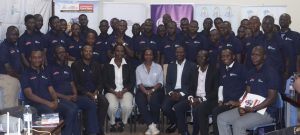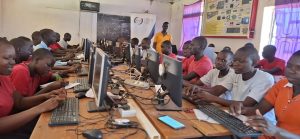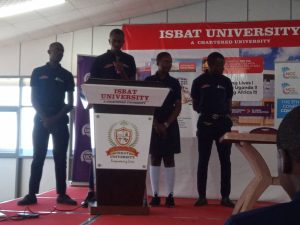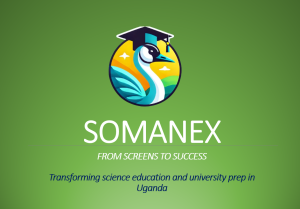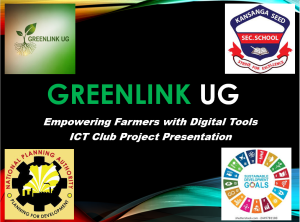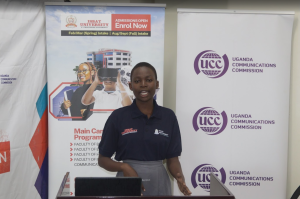Everyday Applications of AI in Uganda – From Mobile Money to Agriculture
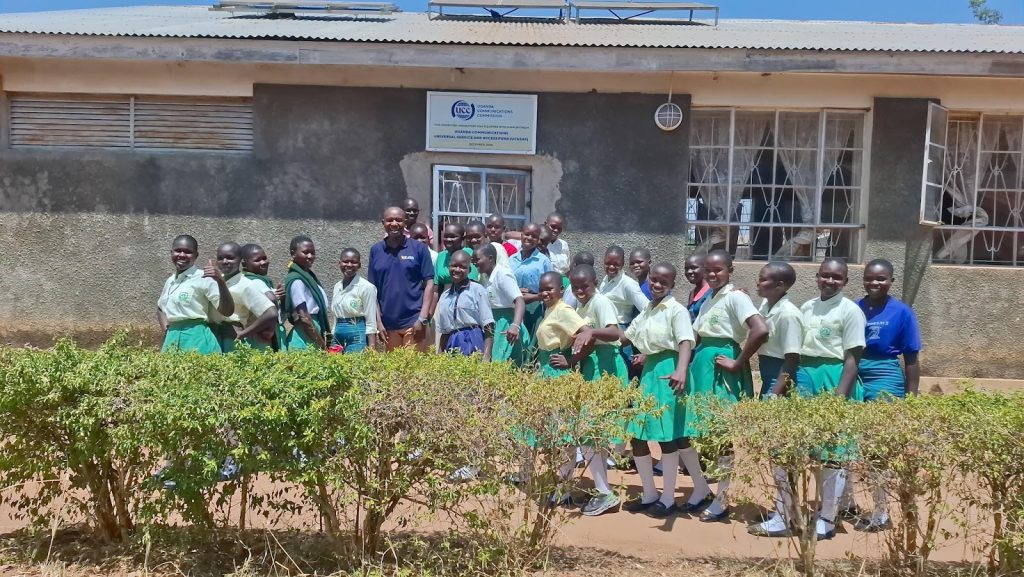
Artificial Intelligence (AI) is not only for scientists, engineers, or programmers working in big technology companies. In fact, many Ugandans are already interacting with AI systems in their daily lives—sometimes without realizing it. From using mobile money services, to watching recommended videos on YouTube, to accessing climate predictions for farming, AI is quietly shaping decisions and services. For ICT Clubs in schools, understanding these real-world applications is important because it shows students how AI is already embedded in our communities and why gaining AI competencies matters for their future.
1) AI in Mobile Money and Financial Services
Mobile money services such as MTN MoMo, Airtel Money, and EzeeMoney are the backbone of Uganda’s financial system. Behind these platforms, AI plays an important role. For example, AI systems analyze transaction data to detect fraud. If someone tries to withdraw or send an unusually high amount of money in a suspicious way, the AI flags the transaction for review. AI is also used to improve customer service through chatbots that answer questions like “How do I reset my PIN?” or “Where is the nearest agent?”.
Beyond fraud detection, AI helps in credit scoring. Companies like Airtel and MTN can use AI to analyze a person’s mobile money history (frequency of transactions, repayment habits, airtime purchases) to determine whether they qualify for small loans like MoKash. This has opened up financial opportunities for people who do not have access to traditional banks.
📌 Practical Example for ICT Clubs: Students can simulate how an AI model would flag fraudulent transactions by creating a dataset of “normal” and “suspicious” transactions and training a simple classifier. This makes abstract AI concepts more practical.
2) AI in Agriculture
Agriculture employs the majority of Ugandans, and AI is becoming a game-changer in this sector. Farmers now use AI-powered apps and platforms for weather forecasting, soil analysis, and crop disease detection. For example, an AI application can analyze a photo of a cassava leaf taken by a farmer’s phone and determine whether it has cassava mosaic disease.
AI also supports precision agriculture, where data from drones, sensors, and satellites is processed to recommend the best planting times, fertilizer application, and irrigation schedules. This saves farmers money, increases yields, and reduces environmental harm.
📌 Ugandan Example: Some farmer cooperatives in districts like Mbarara and Mbale are piloting AI tools that use satellite images to track rainfall patterns and advise farmers when to plant maize or beans. This reduces the risks of crop failure caused by unpredictable climate change.
3) AI in Education
Education in Uganda is already benefiting from AI in both obvious and hidden ways. AI-powered apps such as Duolingo (for language learning) and Khan Academy use machine learning to personalize learning. These systems track how a student learns, identify their weak areas, and then adjust the lessons accordingly.
In Uganda, AI can help teachers in rural schools create lesson plans, generate quizzes, and even provide instant translation between English and local languages. For learners, AI-powered platforms can act as study partners that provide explanations, practice questions, and even career guidance. There also initiatives developed by KAWA team to integrate AI in the KAWA Connect and all the curriculum resources.
📌 Practical Example for ICT Clubs: Clubs can explore free AI-powered quiz generators that allow teachers to quickly create UNEB-style practice exams. Students can then critically evaluate whether the generated questions are accurate, fair, and relevant to their curriculum.
4) AI in Healthcare
Healthcare is another area where AI applications are making a difference in Uganda. AI-powered diagnostic systems can analyze medical images such as X-rays or ultrasounds and detect conditions like pneumonia, tuberculosis, or fractures more quickly than a doctor working alone.
AI is also used in predictive health systems that analyze data trends to anticipate outbreaks. For example, by tracking reports of fever cases in different regions, AI systems can alert health officials about possible malaria or Ebola outbreaks before they spread widely.
📌 Ugandan Example: Some health startups are experimenting with chatbots that allow patients to describe their symptoms via SMS or WhatsApp. The chatbot uses AI to suggest possible causes and whether the patient should visit a clinic. This is especially useful in rural areas where doctors are scarce.
5) AI in Transport and Mobility
In Uganda’s urban areas like Kampala, traffic jams are a huge problem. AI is helping address this by powering traffic monitoring systems. For example, AI cameras and software can track traffic flow and suggest the best routes for drivers, similar to how Google Maps uses AI to recommend faster routes based on live data.
AI is also being tested in ride-hailing services like SafeBoda and Bolt. These platforms use AI algorithms to match riders with drivers, predict arrival times, and suggest optimal pricing based on demand. In the future, AI could be used for even more advanced systems like smart traffic lights that adjust automatically depending on congestion.
📌 Practical Example for ICT Clubs: Students can collect data on traffic around their school (e.g., how many cars pass every 5 minutes) and then build a simple model to predict peak hours. This introduces them to how AI models are applied in real traffic management.
6) AI in Entertainment and Media
Ugandan youth interact with AI daily through platforms like TikTok, YouTube, Facebook, and Netflix. These platforms use recommendation algorithms—a form of AI—to suggest videos, music, or articles. The AI studies what you watch, how long you watch it, what you “like” or share, and then predicts what you might want to see next.
While this can make entertainment more personalized, it also comes with risks. Algorithms can create “echo chambers” where people are only exposed to information that agrees with their existing views. This makes it important for students to learn how to critically evaluate the media they consume.
📌 ICT Club Activity: Ask members to compare the videos recommended on two different YouTube accounts. Discuss why the recommendations are different and what this reveals about AI’s influence on our media consumption.
7) AI in Government and Public Services
Governments around the world, including in Africa, are exploring how AI can improve public services. In Uganda, AI can be used in e-government platforms to process documents, detect corruption, and deliver services more efficiently. For example, AI systems can analyze large amounts of data in public procurement to detect irregularities that suggest fraud.
Another area is security and surveillance, where AI-powered cameras can help identify suspicious activities. While this can improve public safety, it also raises questions about privacy and the ethical use of personal data.
📌 Ugandan Example: The Uganda Revenue Authority (URA) could use AI to analyze tax records and detect patterns of tax evasion, helping increase government revenue to support schools and hospitals.
Conclusion
Artificial Intelligence is no longer a futuristic dream—it is already woven into the fabric of everyday life in Uganda. From sending mobile money, to watching videos, to farming and healthcare, AI is shaping how people live, learn, and work. For ICT Clubs, the key lesson is this: you are already AI users, whether you know it or not. The challenge is to move from being passive consumers of AI to active, responsible co-creators. By experimenting with AI tools, critically evaluating their strengths and weaknesses, and adapting them to local Ugandan needs, students can prepare themselves to thrive in the AI-driven future.


